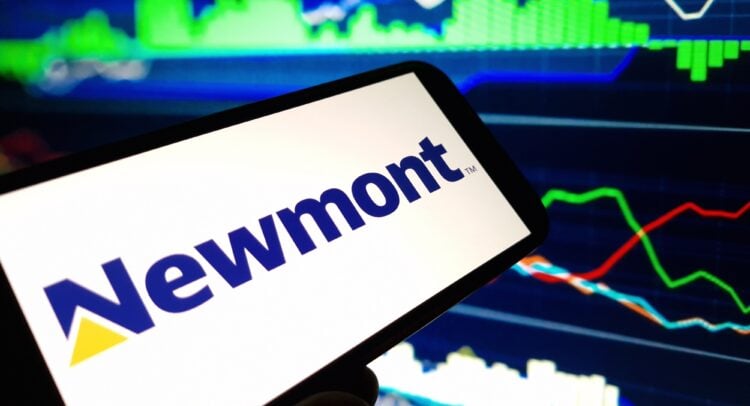There are certain words you don’t want to hear in a medical checkup or in an investment bank’s recession outlook: “stable but elevated.” It’s a phrase that could refer to blood pressure, even risk of a heart attack, a favorite metaphor of hedge fund legend Ray Dalio, or in UBS’s evaluation, risk of a recession.
The bank found that from May through July, the “hard data” from the U.S. economy has shown an elevated risk level, standing at a probability of 93% most recently. This sits at “historically worrying levels,” UBS says, given this signal’s track record of identifying turning points using data from the National Bureau of Economic Research.
The bank notes other classic warning signs of an impending recession from the data, such as the inverted yield curve, which it notes is 23% inverted, steady in recent months but up sharply since the start of 2025. Based on building stress in credit markets, it finds the credit metrics-based recession probability has risen to 41%, roughly doubling since January.
Fortune’s reporting throughout 2025 has outlined mounting warning signs the U.S. is headed toward a recession, echoing and expanding on the UBS research note’s findings. But when UBS zooms in to the hard data, it finds that while most metrics are turning negative, it’s more in a “mile wide, inch deep” kind of “malaise.” None of the hard series of data is showing “signs of rapid unraveling,” according to the team led by Pierre Lafourcade, resulting in an overall bill of health: “Soggy, soft, weak, yes, but not collapsing.”
Key findings
The UBS analysis of “hard data” reflects the bank’s own proprietary factor model, which relies on objective, non-survey-based economic indicators such as personal income, consumption, industrial production, and employment data. It filters out sentiment surveys, purchasing manager indexes (PMIs), and financial market signals.
After a brief recovery at the end of 2024, the hard data signal tipped decisively back into negative territory starting in February 2025. The sideways movement since May suggests sustained weakness rather than any new acceleration downward. According to the note, none of the major hard economic series were showing the kind of sharp, downside deviation (such as more than one standard deviation below trend) typically seen directly ahead of past recessions.
The key message is that the U.S. economy, by these hard data measures, is locked in a prolonged phase of stagnation or slow contraction, warranting caution even as outright collapse has not yet materialized. This aligns with other analysts’ warnings that even if a recession doesn’t materialize, the economy is headed for a bout of 1970s-style “stagflation,” a combination of a stagnating economy and rising inflation. For similar reasons, UBS is actually not forecasting a recession despite this 93% probability in the hard data.
Aggregate recession risk
Despite the elevated risk, UBS’s economics team is not formally forecasting a recession, but rather expects “soggy growth” followed by improvement in 2026. The bank notes its U.S. Economics team has recently warned about “stall speed” in the economy, especially after the July jobs report revealed very low employment growth, and that call now seems “roughly consistent with the roughly 50-50 interpretation combining the credit data, yield curve, and leading hard data indicators.”
UBS averaged the hard data together with inverted yield curve and credit markets to produce an aggregate recession probability of 52% for July, up 15 percentage points since January and at levels historically associated with NBER-designated recessions. The bank’s recession tracker, therefore, points to a precarious balance for the U.S. economy—much weaker than a soft landing, but not yet collapsing—leaving policymakers and market watchers on alert as 2025 progresses.
The other recession calls
Mark Zandi, chief economist for Moody’s Analytics, warned in early August the U.S. was on the precipice of a recession, citing much of the same hard data as UBS. Zandi argued the major revisions downward in the July report recalled earlier inflection points before recessions, when he sees revisions as much likelier due to swings in economic activity.
Zandi’s remarks followed a similar warning from JPMorgan, which said it has “consistently emphasized that a slide in labor demand of this magnitude is a recession warning signal…In episodes when labor demand slides with a growth downshift, it is often a precursor to retrenchment.”
In the weeks since, Zandi has voiced concerns over the coming winter of 2025/2026 as the time of greatest vulnerability, putting the odds of a recession at 50-50. Within a few days, Zandi argued states accounting for almost one-third of GDP were either in recession already or at risk of it. By his calculations, only one-third of the economy was expanding as of late August.
Source link


